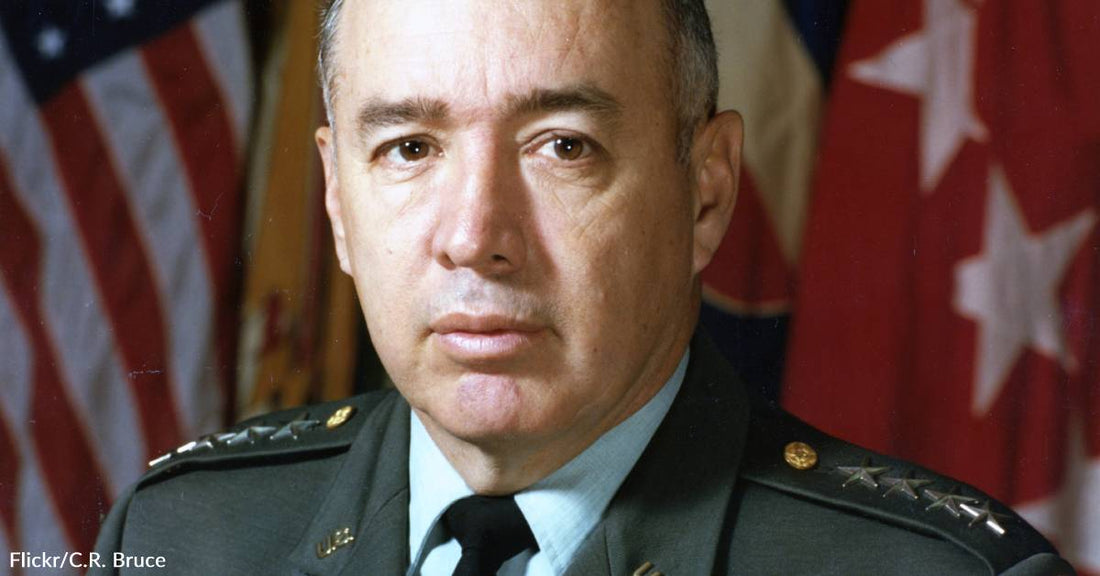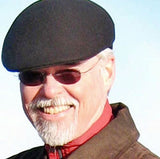Fort Hood, Texas, to be Redesignated Fort Cavazos, May 29, 2023
Dan Doyle
Fort Hood, Texas, was established in 1942 due to the then-present need for land to train troops for armored warfare and to meet the immediate needs for mounted troops brought on by the battlefield realities of WWII. It was named at that time for a Texan who had been the commander of the Texas Brigade of the Confederate States of America in the Civil War, Confederate General John Bell Hood. It will now bear a new name, the name of a fellow Texan and general, General Richard E. Cavazos.
There is always some controversy whenever name changes are made, for various reasons. It seems that, in the present moment in history, everything takes on the heat and rhetoric of controversy. Generally, what happens is that emotions flare and accusations fly and reason leaves the room. I am not going to enter into the madness here. It is not my role in this format, nor my desire, to take sides in the matter.
What I will do here is look at the life of the man whose name will now be applied to the massive military base that is home to, among others, the 1st Cavalry Division, First U.S. Army Division West, 1st Medical Brigade, III Armored Corps, 3rd Cavalry Regiment, 13th Corps Support Command, 3rd Signal Brigade, and 89th Military Police and is the headquarters Command for the 21st Cavalry Brigade and 21st Replacement Company. Some 300 Air Force airmen also reside there.
On May 29, 2023, the name of Fort Hood will become Fort Cavazos, named after General Richard E. Cavazos, a man beloved by his troops and who led them from the front, not behind. To them, he was a soldier’s soldier, of whom Lt. General Daniel P. Bolger said, “He is the epitome of the Army done right.”
Richard Cavazos was born to Mexican-American parents on a cattle ranch in Kingsville, TX. His father was a WWI veteran and a ranch foreman. Amazingly, despite the tenor of the times for Mexican-Americans, the Cavazoses managed to put all their children through college. Richard Cavazos attended what was then called Texas Technical College and is now Texas Tech University. He was on the football team until he broke his leg during his sophomore year. When he healed, he entered the ROTC program, which enabled him to finish his college career there. He would graduate and be commissioned as a 2nd Lt. in 1951. He would complete basic officer training at Ft. Benning, Georgia.
After graduating from officer training, he was deployed to Korea, where he was a platoon commander with the 2nd Bn, 65th Infantry Regiment, otherwise known as the “Borinqueneers,” as the Regiment was made up of mostly Puerto Rican troops. From the beginning, Cavazos believed that a leader had to be morally ascendant and that troops needed complete trust and faith in their commanding officers to achieve victory. Because of this belief, he would become beloved to his troops precisely because he led from the front, fighting with his men in battle, not from the rear.
In a battle in Korea in 1953, Cavazos led his men against the enemy, then at one point went ahead alone under heavy enemy fire, capturing a wounded enemy soldier who had been left behind in an earlier skirmish. He was awarded a Silver Star for his actions that day. In June of that same year, he led his men in an assault against the enemy-held Hill 412 as part of a maneuver to cover an American outpost called Outpost Harry, which held an important defensive position near the enemy-held hill. As they moved forward, they came under intense and accurate artillery fire that caused many casualties to his unit. Cavazos would lead a defensive fight at Outpost Harry against a numerically superior enemy force for some three hours before being given orders to return to friendly lines. But Cavazos refused to leave fallen soldiers behind. He returned back to the kill zone repeatedly to rescue his missing men, despite having been wounded himself. He would receive a Distinguished Service Cross (DSC) for this action.
He would be deployed into combat again in 1967 in Vietnam as the commanding officer of 1st Bn., 18th Infantry Regiment. Here his reputation for being a leader on the ground with his men became legendary. On one occasion, he organized and led a counterattack against enemy forces near Loc Ninh. Disregarding his own personal safety, he led an assault on a hillside position, exposing himself to enemy fire as he moved among his men while directing an artillery barrage so intense that the enemy left the field in retreat. He was awarded a second DSC due to his heroic actions on that occasion.
Many of the men and women who would serve under Cavazos admired him as a mentor and teacher. Among those who would learn important lessons from Cavazos would be General Colin Powell. Many officers and men said that his lessons as a mentor had the greatest impact on them. Maj. Gen. Alfred Valenzuela said of Cavazos, “We looked up to him as an American Soldier, a Hispanic Soldier. He was the guy we all wanted to be. If we couldn’t be him, we wanted to be near him and to serve him.”
Cavazos would serve for 33 years in the Army. He retired in 1984 as the Army’s first Hispanic 4-Star General. He was raised to that rank in 1982. He was made the first Hispanic Brigadier General in 1976. General Cavazos died in 2017.
It is clear that General Richard E. Cavazos was a leader of exceptional courage, skill, and dedication to his men, the Army, and this country. His name carries with it the honor of a distinguished career shaped by his deepest belief that a leader must conduct himself with demonstrable and trusted moral character in peacetime and in war. Fort Hood will now proudly bear the name of Fort Cavazos and will remain one of our greatest military installations.





